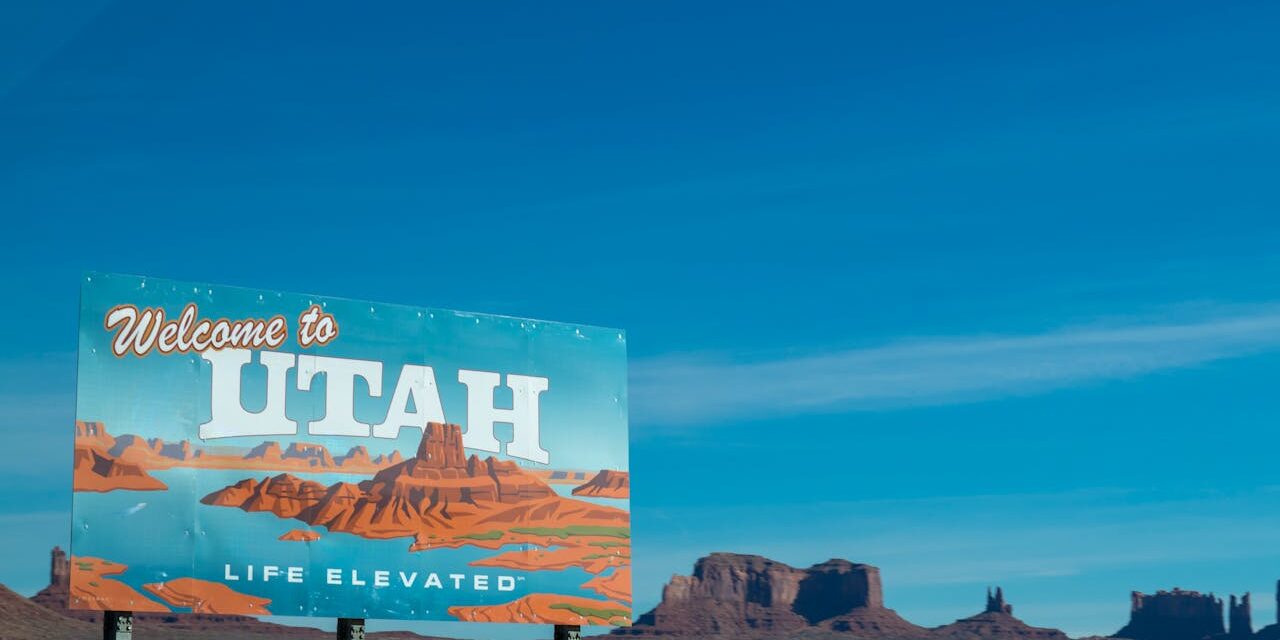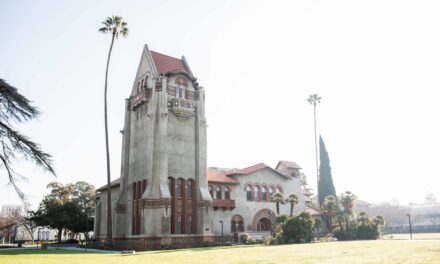Utah, known as the “Beehive State,” has a rich history characterized by the contributions of Native American cultures, European exploration, and significant events in American history.
From its early indigenous populations to its development as a vital state in the American West, Utah’s past is a mix of cultural and historical milestones.
Below, we explore the history of Utah, highlighting its foundation, major historical events, and notable landmarks.
Table of Contents
Early History
Indigenous Inhabitants and European Exploration
Before European settlers arrived, Utah was inhabited by various Native American tribes, including the Ute, Paiute, Goshute, and Navajo.
- These tribes developed rich cultures with established agricultural practices and trade networks.
- The first Europeans to explore the region were Spanish explorers in the 18th century, notably Father Silvestre Vélez de Escalante in 1776.
The indigenous peoples and early European explorers laid the groundwork for future settlements in Utah.
Mormon Settlement
In 1847, members of The Church of Jesus Christ of Latter-day Saints (LDS Church), which were ordered and led by Brigham Young, settled in the Salt Lake Valley.
- Seeking refuge from religious persecution, the Mormon pioneers established a thriving community and developed irrigation systems that transformed the desert landscape into arable land.
- The region became known as Deseret, a term from the Book of Mormon meaning “honeybee,” symbolizing industry and hard work.
The Mormon settlement played a crucial role in the development of Utah.
Key Historical Events
Utah Territory and the Road to Statehood
The Utah Territory was established by the U.S. Congress in 1850, with Brigham Young as its first governor.
- The territory experienced tensions between the federal government and Mormon settlers, culminating in the Utah War of 1857-1858.
- After several unsuccessful bids for statehood, Utah was finally admitted to the Union as the 45th state on January 4, 1896.
Statehood marked a new era of political and economic growth for Utah.
The Great Depression and World War II
Utah, like much of the United States, was significantly impacted by the Great Depression.
- New Deal programs provided jobs and infrastructure improvements that helped alleviate some of the economic hardships.
- During World War II, Utah became a vital center for military training and supplies, with installations like Hill Air Force Base playing crucial roles.
These periods of hardship and recovery shaped Utah’s modern infrastructure and economy.
Modern Economic Developments
In recent decades, Utah has diversified its economy, becoming a hub for technology, tourism, and outdoor recreation.
- The state is known for its “Silicon Slopes,” a region home to numerous tech startups and established companies.
- Utah’s stunning natural landscapes, including its five national parks, attract millions of tourists annually, boosting the state’s economy.
Modern developments have positioned Utah as a leader in various industries.
Notable Landmarks
Zion National Park
Established in 1919, Zion National Park features stunning red rock formations and diverse wildlife.
- The park gives visitors lots of numerous recreational activities, including hiking, climbing, and sightseeing.
Zion National Park is a testament to Utah’s natural beauty.
Temple Square
Located and situated in Salt Lake City, Temple Square is the headquarters of the LDS Church and a major tourist destination.
- The square includes the Salt Lake Temple, the Tabernacle, and the Church History Museum.
Temple Square highlights the cultural and religious significance of the LDS Church in Utah.
Bonneville Salt Flats
The Bonneville Salt Flats are a unique natural feature and a renowned location for land speed racing.
- The flats are the remnants of ancient Lake Bonneville and offer a surreal, otherworldly landscape.
The Bonneville Salt Flats showcase Utah’s unique geological features.
Governance
State Government
Utah operates under a constitution adopted in 1896.
- The state government consists of the Executive, Legislative, and Judicial branches.
- The governor, currently Spencer Cox, leads the executive branch.
The state government addresses the needs of Utah’s diverse population and manages its resources effectively.
Local Government
Utah’s local government structure includes counties, cities, and towns.
- Each level of government has specific responsibilities for services such as education, public safety, and infrastructure.
- Local governance ensures that the diverse needs of Utah’s communities are met.
Effective local governance contributes to the overall well-being of the state’s residents.
Demographics and Growth
Population
As of 2023, Utah’s population was approximately 3.3 million. The state’s demographic makeup reflects its history of Native American, Hispanic, and European influences.
Diverse demographics and steady growth reflect Utah’s appeal as a place to live and work.
Education and Economy
Utah is home to several prominent educational institutions, including the University of Utah and Brigham Young University.
- The state’s economy is diverse, with key sectors including technology, mining, agriculture, and tourism.
- Utah is also known for its outdoor recreational opportunities, contributing significantly to its tourism industry.
These factors contribute to the state’s economic resilience and cultural vibrancy.
State of Utah Q&A
Q: When did Utah become a state?
A: Utah was admitted to the Union as the 45th state on January 4, 1896.
Q: Who were the original inhabitants of Utah?
A: The original inhabitants of Utah included various Native American tribes that were located there such as the Ute, Paiute, and Navajo. These tribes had established societies with rich cultures and trade networks.
Q: What role did Utah play in westward expansion?
A: Utah was a significant destination during the westward expansion, particularly with the arrival of Mormon pioneers in the mid-19th century. The region became an important settlement area and played a crucial role in the development of the American West.
Q: What are some notable historical landmarks in Utah?
A: Notable landmarks include Temple Square in Salt Lake City, Arches National Park, and Zion National Park. These sites highlight Utah’s religious heritage, natural beauty, and cultural significance.
Q: How is Utah governed?
A: Utah operates under a constitution adopted in 1896, with an Executive, Legislative, and Judicial branch. The governor leads the executive branch, and local governance is managed by counties, cities, and towns.
Q: What is the current population of Utah?
A: As of 2023, Utah’s population was approximately 3.3 million. The state continues to attract residents with its diverse culture, educational opportunities, and economic resilience.
Utah’s rich history and commitment to cultural preservation make it a unique and vibrant state. By protecting its historical landmarks and fostering growth across various industries, Utah honors its past while looking forward to a prosperous future.





